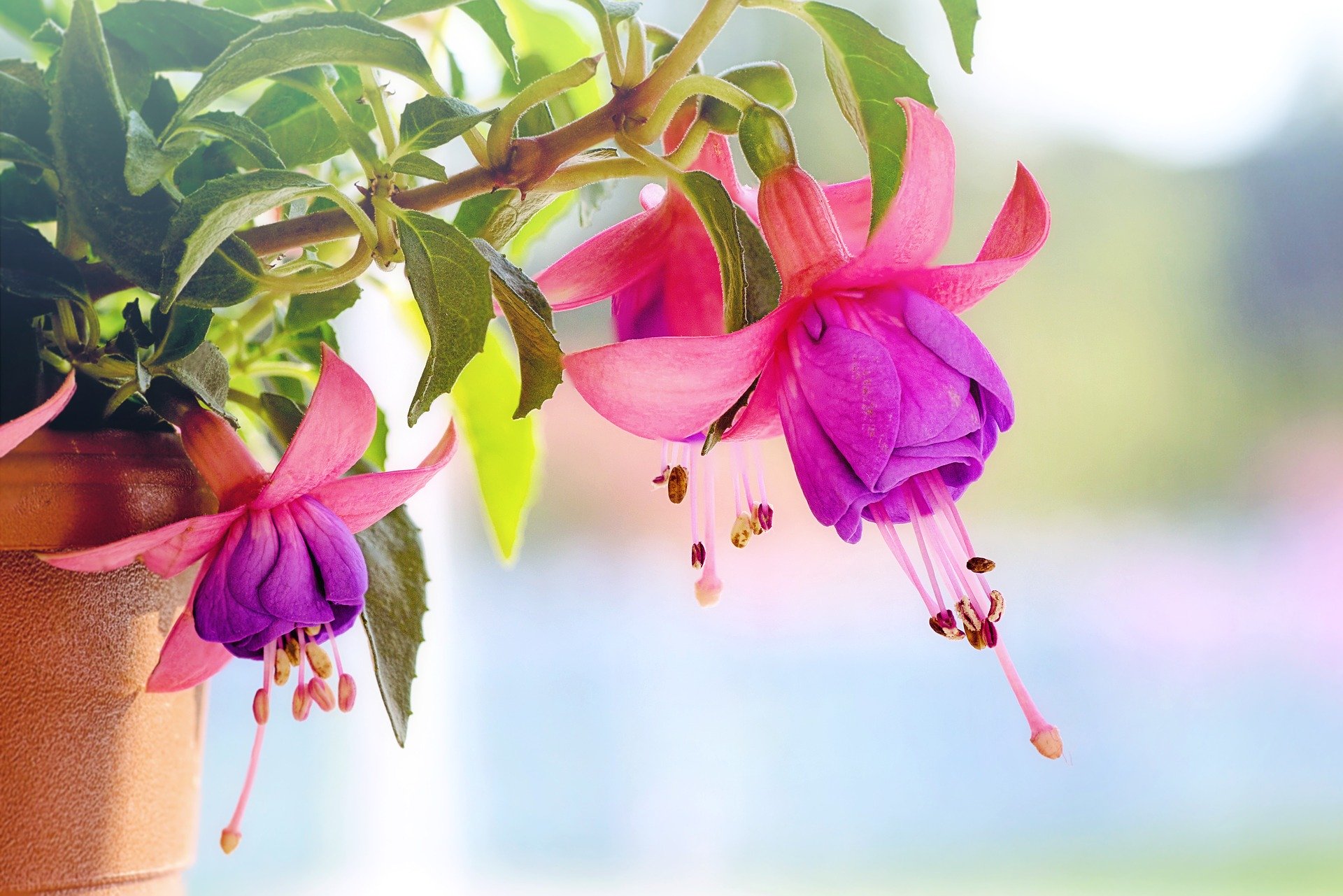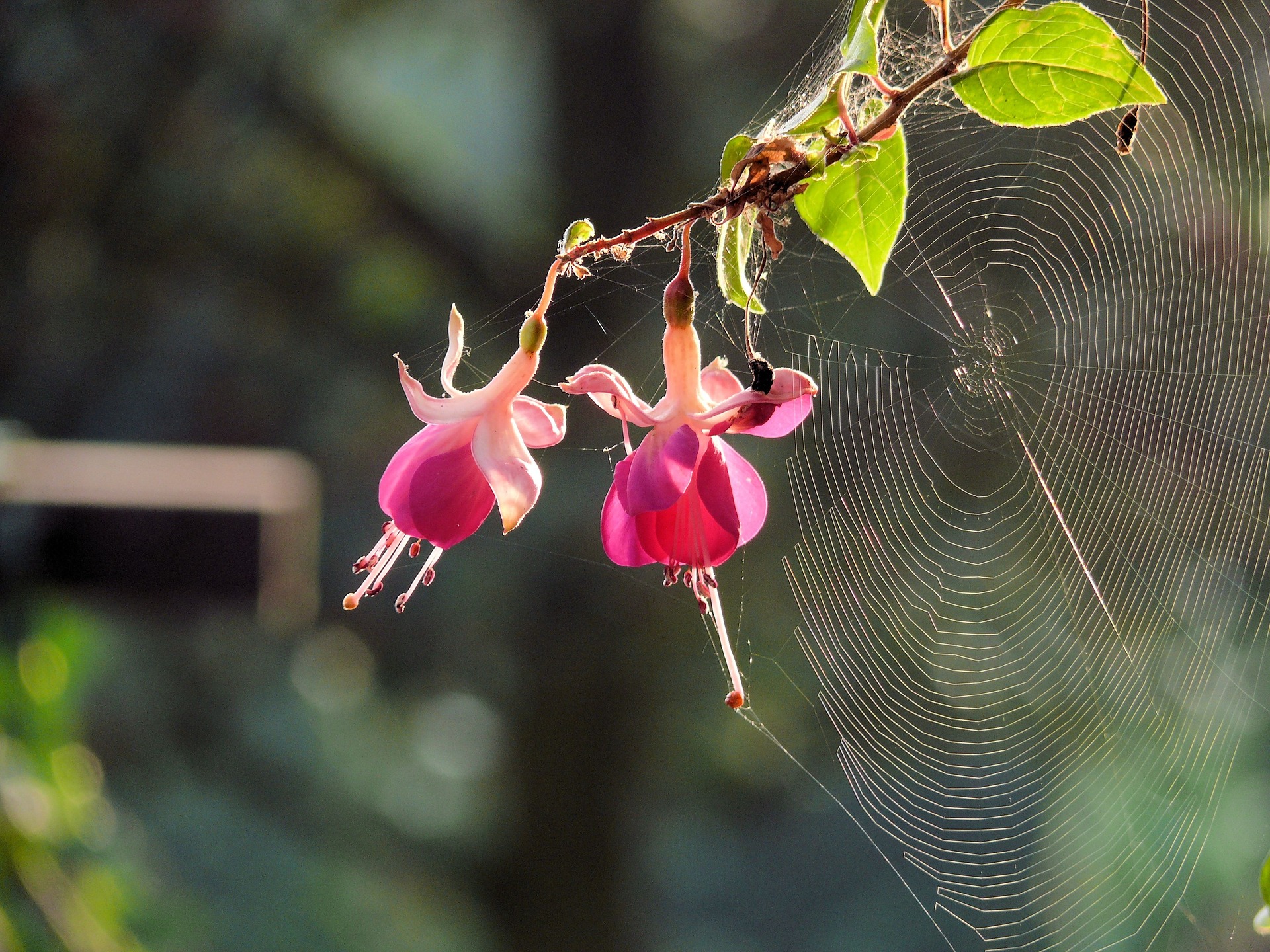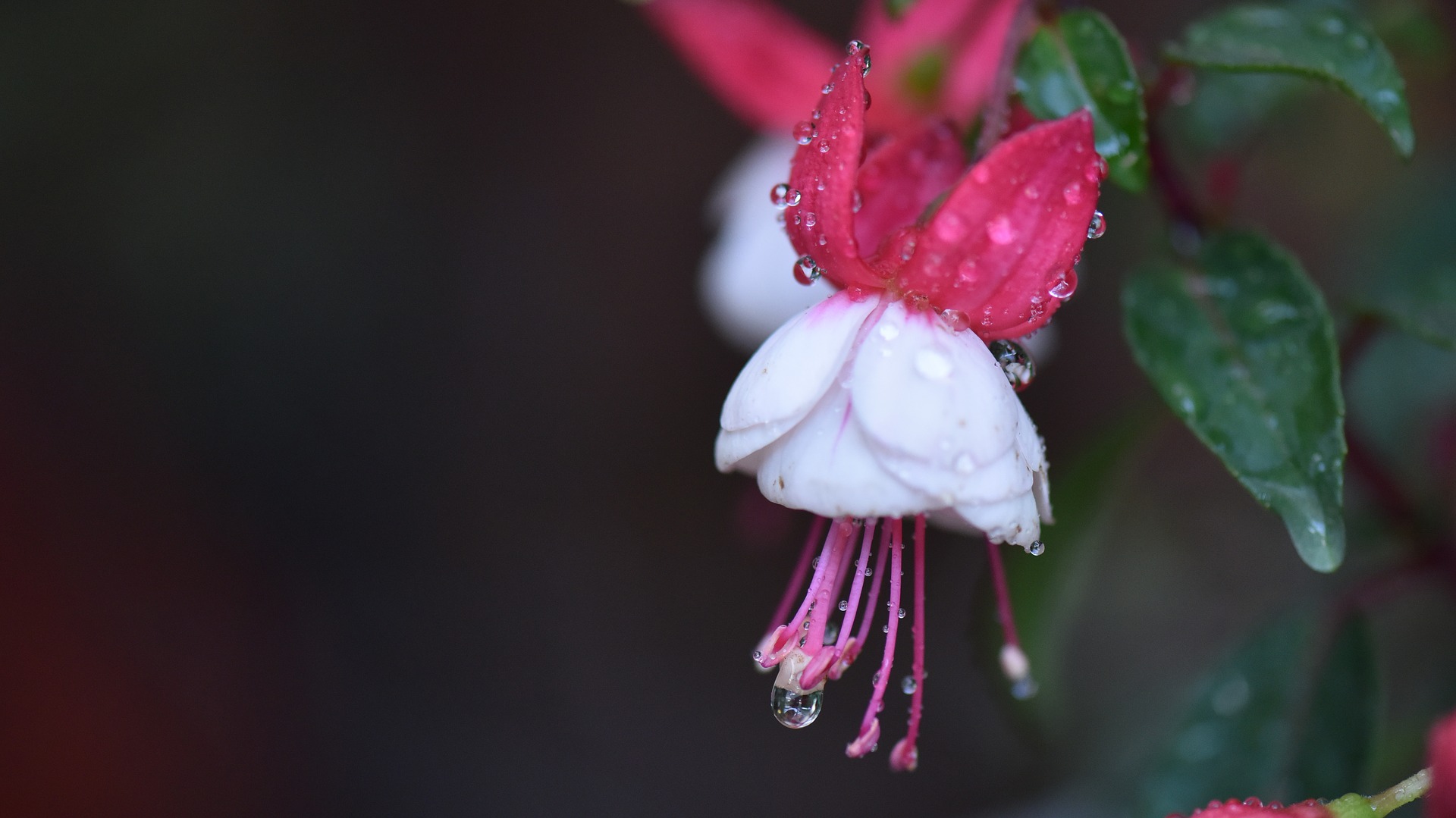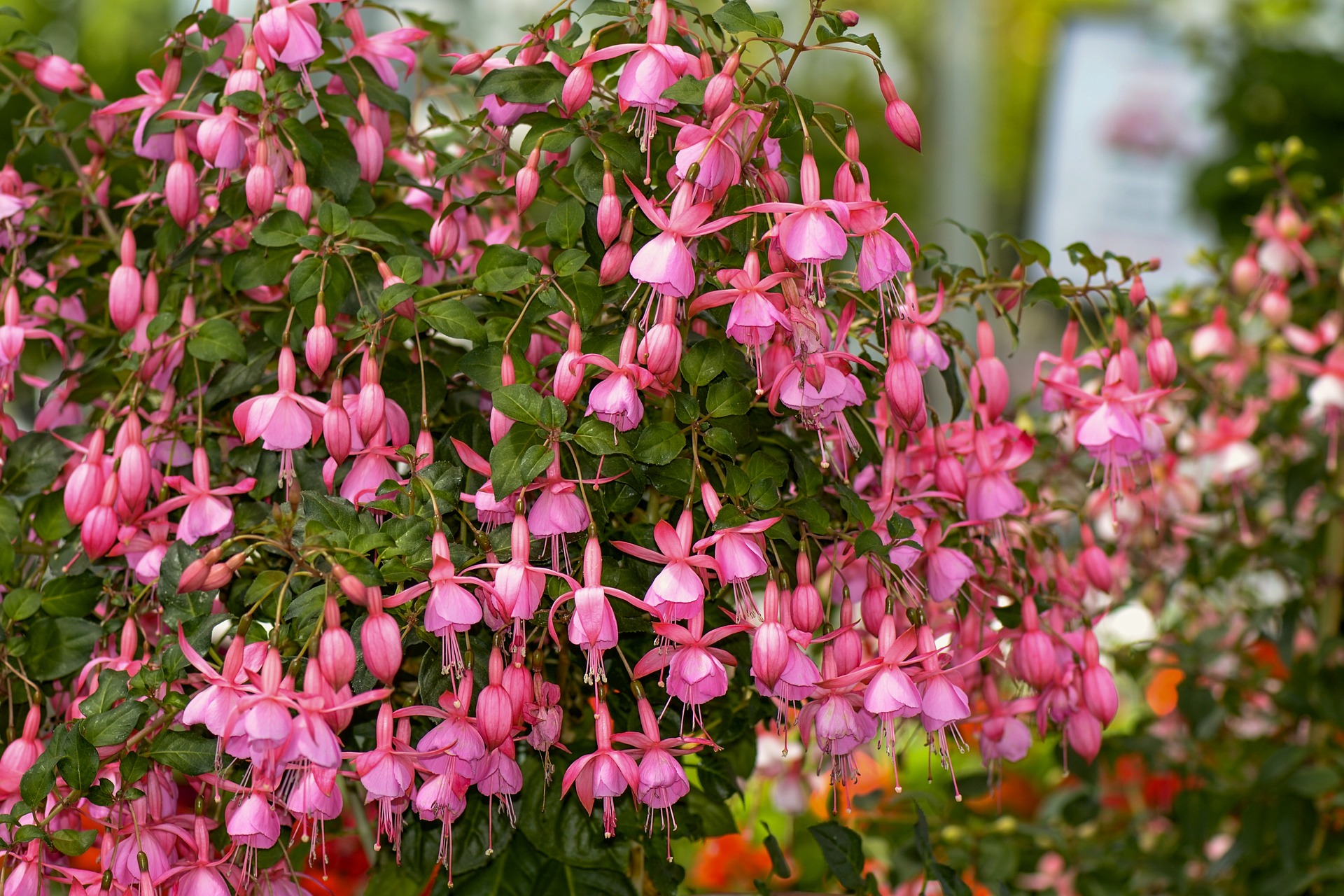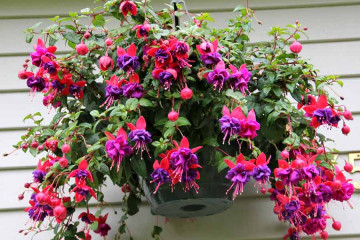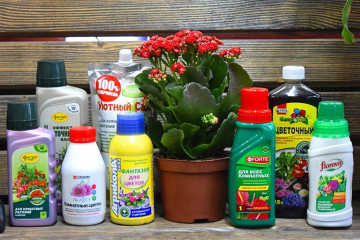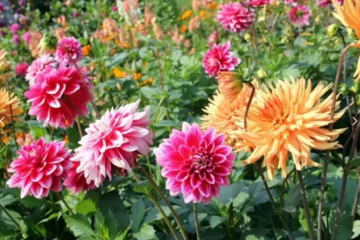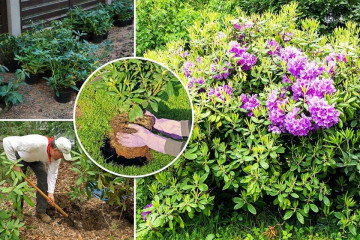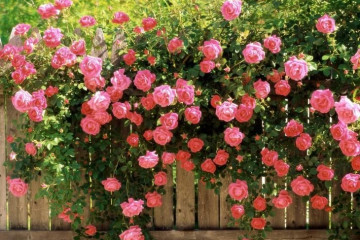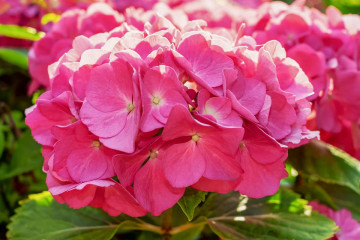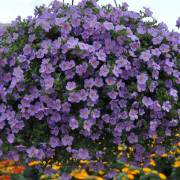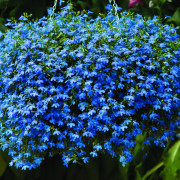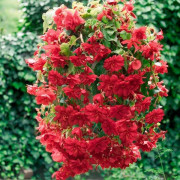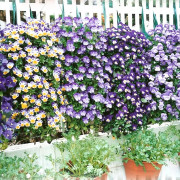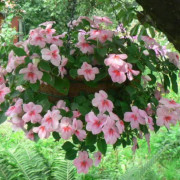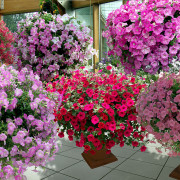How to feed fuchsia for abundant flowering
Content:
Fuchsia is a long-flowering perennial shrub. The plant is provided with fertilizing with fertilizers, an abundance of diffused light, fresh and cool air, and timely watering. In Russia, it is grown in the form of a standard tree, a spreading bush or an ampelous plant.
Fuchsia does not bloom: reasons
Fuchsia does not bloom if light, water, temperature conditions are not observed, pest infestation or fungal infection.
Lack of light
Loves diffused light. In deep shade, she is uncomfortable: the leaves become longer, their color fades. The internodes of the shoots are extended at the plant. Flowering becomes weak, the buds dry up and fall off. The plant is sensitive to a change in position relative to the light source, so you cannot rearrange the flowerpot with a perennial that is preparing to bloom.
Air temperature
Fuchsia is a cool-loving plant. In summer, it grows well and blooms at temperatures from +12 ℃ to +20 ℃. It is very important for a perennial to observe a dormant period in winter. At this time, he is provided with a temperature in the range from +8 ℃ to +12 ℃.
At temperatures from +25 ℃ and above, the plant suffers stress: it loses flowers and buds, leaves wither, and the overall tone decreases. Therefore, in the summer, it is advisable to take the flower out into the garden. In a city apartment, a pot of fuchsia is taken out onto the balcony, where they are protected from sunlight and sprayed twice a day. Perennials cannot be displayed on south-facing balconies.
Lack of moisture
During the period when fuchsia blooms, the plant should not be watered rarely and insufficiently. First, the white roots that absorb water dry up, then the leaves wither, the buds and flowers fall off. Suitable air humidity is 50-60%. In dry and warm air, it drops leaves and buds.
Pests
Pests can settle on the plant: spider mites, whiteflies and aphids. The miniature whitefly, up to 3 mm in size, feeds on the sap of the leaves and leaves a sticky coating on them. It closes the stomata on the underside of the leaves through which the houseplant breathes. White spots appear on the leaves. Buds, flowers dry up and fall off.
A spider mite is detected by the appearance of small yellow spots on the leaves and stems. In the damaged areas, tissue necrosis develops. The house plant does not develop well, sheds leaves. Later, red-brown spiders can be seen on the white web. Aphids feed on plant sap. The leaves turn yellow, curl up into a tube, and become covered with a sticky bloom. The buds of a fuchsia that is preparing to bloom are affected.
Diseases
Most often, the shrub is sick with gray rot, rust and powdery mildew. Conditions for the development of gray rot arise at high humidity and low temperatures. The color of the leaves becomes pale green, the stems fade. Brown spots appear on flowers and leaves, which are then covered with a fluffy gray pillow.
In case of fuchsia disease with rust, red-brown, convex stripes and spots appear on the underside of the leaves.Then they become covered with spores of a rust fungus in the form of velvety pillows to the touch. The plant vigorously evaporates moisture and dries up. Spores on perennials are carried by insects.
How to make fuchsia bloom profusely
When keeping a houseplant, it is important to know how to feed fuchsia for abundant flowering and how to properly water the plant. After the winter period, it is advisable to transplant the flower into a new pot, putting pine bark on the bottom. In this case, fertilizer for fuchsia can be applied only after a month. In the spring, to feed the roots, grow shoots, and lay buds, the plant is fed with nitrogen-containing fertilizers. Organic dressings alternate with mineral ones. Feeding a flower is easy.
Fertilizing the soil
In summer, when the air temperature is above + 25 ℃ in the evening, fuchsia is sprayed with foliar dressing. The soil in the plant pot must be moist before fertilizing the fuchsia for abundant flowering.
As the buds grow and form, the need for micronutrients of fuchsia changes. To build up the root system, improve photosynthesis, and disease resistance, fuchsia is fertilized with complex phosphorus-potassium supplements.
Complex mineral fertilizers are a good feeding of fuchsias to increase flowers. In addition to macronutrients, they also contain trace elements: manganese, iron, copper, molybdenum, zinc.
Fuchsias continue to bloom until the end of autumn (October-November). Reduce watering, remove fallen leaves, flowers. Plants are checked for pests. A flowerpot with a perennial is taken out for the winter in a cool place. Plant feeding is stopped.
The growing plant is watered with soft water. It must first be defended within a day. Because of the lack of oxygen, boiled water is not used. Soften water by adding peat at the rate of 100 g per 10 liters of water. Also use 3 g of wood ash per 1 liter of water.
Time and number of waterings
Excess water in the soil, like lack of water, is harmful to fuchsia. Roots rot in damp earth. Only cuttings will help to save the plant. So that the water does not stagnate in the pot, drainage is made 4-5 cm high from expanded clay, pieces of wine corks. Fuchsias in 0.5 liter pots are watered once every 4 days. The soil in large flowerpots dries out more slowly, which is why the intervals between waterings take longer.
There is a difference between how fuchsia is watered during flowering and dormant. For flowering plants, irrigation water is made slightly warmer than the environment. Resting fuchsia is poured with water at room temperature. The plant loves spraying. On hot days, fuchsia is sprayed 2 times a day: morning and evening.
How to feed fuchsia for abundant flowering
For feeding fuchsia, organic, mineral fertilizers and homemade products are used.
Organic fertilizers
The most famous organic fertilizers include:
- biohumus;
- wood ash;
- bone flour;
- peat.
A lot of liquid and granular fertilizers have been created on the basis of vermicompost. They contain humic acids, trace elements, phytohormones, biologically active additives, earthworm metabolites. The dosage is maintained according to the instructions.
The wood ash contains potassium and phosphorus in an easily digestible form, calcium and trace elements such as iron, sulfur, zinc, magnesium. It can be added to the soil mixture when planting fuchsia. What to do with fuchsia after flowering? A solution of ash in water is prepared by adding one tablespoon to one liter of water and used as a liquid fertilizer.
Peat improves the structure of the soil and increases its fertility. It is divided according to the degree of decomposition into high-moor, low-lying and transitional peat. High-moor peat has a higher acidity than low-moor peat. Add to the ground mix when planting fuchsia. The peel of bananas and citrus fruits is harvested, dried, and crushed. Sprinkle the soil in the pot with banana powder and sprinkle with water. You can use an infusion from the peel: pour a third of a liter can of powder with boiled water. Withstand the infusion for a day and filter.
Mineral compositions
Mineral fertilizers are:
- simple,
- complex,
- complex.
Simple ones contain one of the three main nutrients - nitrogen, potassium, phosphorus. Urea contains 40% pure nitrogen. Watered with urea solution 2 times a month. To prepare a solution, 1 teaspoon of urea is added to 3.8 liters of water.
Of the phosphorus-containing fertilizers, superphosphate, double superphosphate are used. With a lack of phosphorus, development slows down, fuchsia does not bloom, root growth is delayed. Apply according to the instructions
Homemade products
For nutrition, fuchsias are prepared and used according to folk recipes. The peels of bananas, citrus fruits, egg shells, and onion peels are used as fertilizers. Bone meal contains nitrogen, phosphorus and trace elements. Pre-sieved through a fine sieve. Add 1 tablespoon to the potting soil.
The eggshell infusion is prepared and applied in a similar manner. In addition to using the shell as an infusion, you can put it on the bottom of the pot as a drain. Onions contain phytoncides and trace elements. Decoctions from onion peels fertilize and protect fuchsia from pests and diseases. Pour a handful of onion husks with hot water, boil over low heat for 8 minutes, insist, filter. The plant and soil are sprayed once a month.
The question of feeding fuchsia is solved by the line of fertilizers on the market. Correct alternation and application of fertilizing, creating suitable conditions for the plant is the key to the abundant and long flowering of fuchsia.
